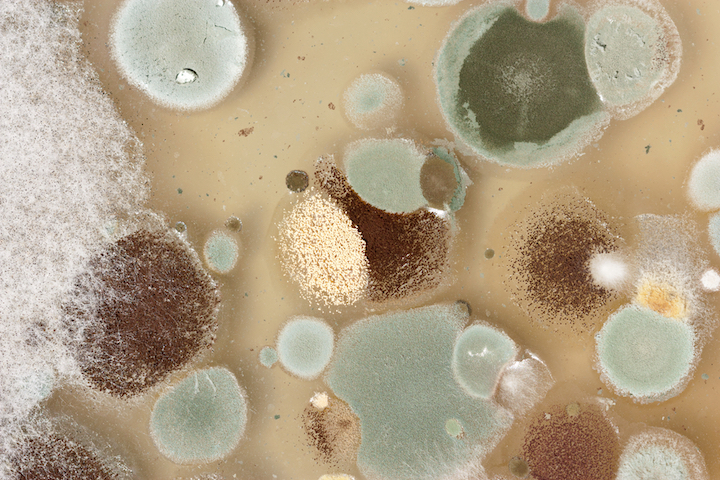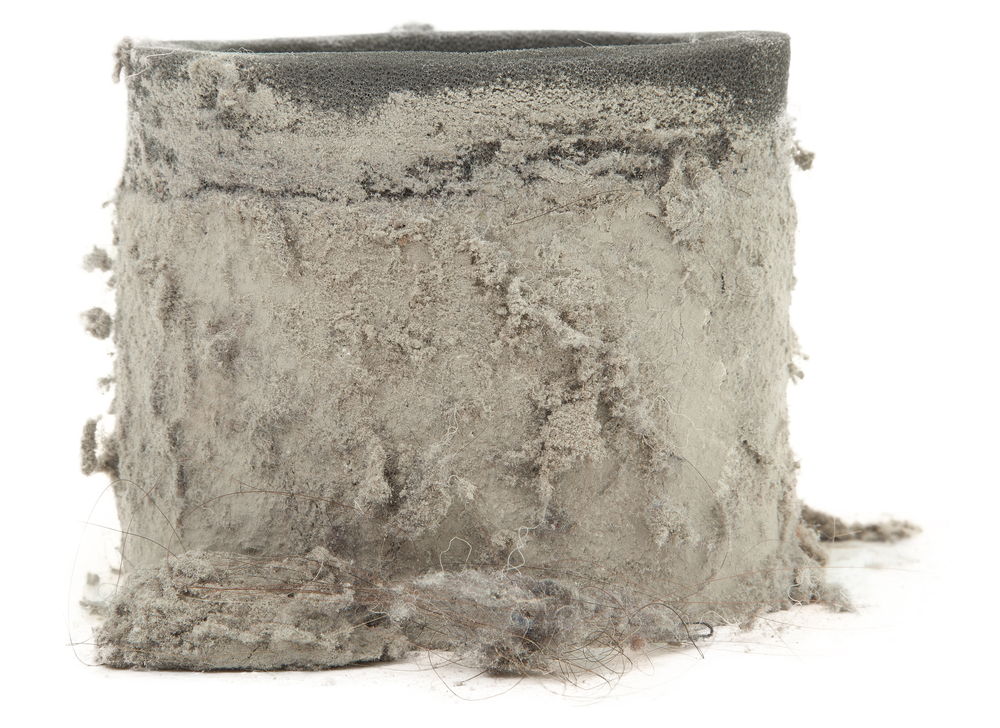
One of the biggest challenges indoor horticulturists face is the battle to eliminate marijuana pathogens. Mold spores, bacteria, and tiny insects can all make their way into a marijuana garden without any sort of indication.
These tiny pathogens usually enter a garden through the fresh air intake. Not only do they stand to reduce crop yields, they can also degrade the quality of the medicine produced.
Lower quality equates to less compensation for the grower. This is especially true as new standards are surfacing regarding the quality of cured cannabis. Many testing facilities test cannabis for residual molds, VOCs, or other contaminates. To ensure that the plants produce the highest yields and are free from contaminates, a grower should implement some preventative measures through air purification.
High Efficiency Particulate Air (HEPA) Filters
HEPA filters are thin filters that remove marijuana pathogens from the air down to .3 microns in size. Many mold spores are in the 1-20 micron size range, which makes HEPA filters a solid choice for trapping mold spores. HEPA filters will also filter larger particulates out of the air, including pest insects.
HEPA filters do have some drawbacks. First, HEPA filters are not good at removing VOCs (odors, pesticide residuals, etc). HEPA filters add significant resistance to the ventilation system, so the required CFM (cubic feet per minute) of the intake fan will increase when using a HEPA filter.
The biggest (and almost never mentioned) drawback of a HEPA filter is what actually happens to the fungal spores. Although some HEPA filters include an antimicrobial coating, HEPA filters can trap a large amount of viable spores. These spores can be released when the grower removes the filter. In other words, removing a used HEPA filter can be like setting off an invisible fungi bomb. Growers should always cover the filter with a garbage bag before removing it for cleaning or room reconfiguration.

Photocatalytic Air Purification Systems
Perhaps the best device an indoor horticulturist can use to remove marijuana pathogenss is a photocatalytic air purifier. These purifiers use a specialized UV lamp to stimulate a chemical reaction from a catalyst, which then produces powerful oxidizers.
Essentially, these devices have the ability to recirculate the air within the garden and remove mold and fungi spores, bacteria, viruses, pollen, and VOCs without producing any detectable ozone. Unlike filtration devices, a photocatalytic air purification system doesn’t trap these pathogens, but instead destroys them on contact.
However, not all photocatalytic air purifiers are created equal. Some contain UV lamps that produce ozone and are really nothing more than hyped-up ozone generators. The photocatalytic air purifiers that are perfect for indoor horticulture create powerful oxidizers that never leave the reaction chamber.
The main drawback of these devices is the initial cost. A true photocatalytic air purification system (one that does not produce ozone and oxidizes on contact) is not cheap. However, as the standards for growing cannabis get more stringent, these devices will pay for themselves with the top dollar each high-quality crop earns.
As the laws continue to favor marijuana legalization, there will be more quality control measures introduced to the cannabis industry. In order to compete with the big producers, small growers will need to implement preventive devices to ensure the highest quality product possible. Growers who invest in a HEPA filter and/or a photocatalytic air purifier will be able to rest assured knowing their finished product will pass quality control tests with flying colors and catch a fair price in the marketplace.
[embed]https://www.youtube.com/watch?v=IK2CmrEl_HE[/embed]